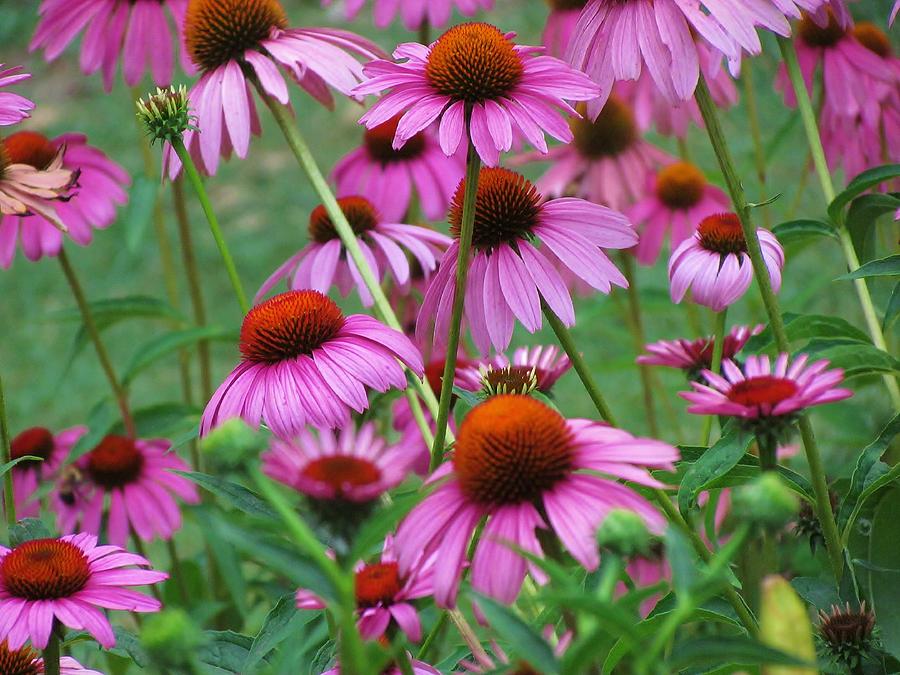

It may be found from Wisconsin and Michigan then south to Texas and Louisiana. The Pale Purple Coneflower is a native wildflower to Eastern and Central North America. It is an aggressive plant and needs competing plants such as prairie grass to limit its spread.

When the seeds are planted they should be barely covered with soil and be in a weed free bed.Įvery 3-4 years the plants may become overcrowded and clumps of the plant will need to be divided. Stratified seeds may be planted in the spring. Unstratified seeds need to be planted in the fall. In early July to late August small, elongated, tan colored achenes develop in the seed head. In the center of the flower is a domed reddish brown center disk of florets with white pollen. There are 12-20 long, slender, pale, drooping pink to purple petal/rays. The flower blooms early in June to late July and is present for about 3 weeks. Most of the leaves are at the lower 1/3 of the stem. The leaves are simple, lanceolate, alternate, hairy, and rough on both sides. The tap root is chocolate brown to black in color with very little branching. The plant grows to about 3 feet (0.91 m) tall and has stout, erect, hairy stem which is green to purple. The roots and whole plant possess a cortisone-like antibacterial property.
#Purple coneflower image skin#
Echinacea preparations can also be topically applied for wounds or skin problems. It has also been proven to boost the immune system and treat urinary tract infections. Echinacea was first used by Native Americans for treatment of insect stings and bites as well as snake bites.Ĭurrently, Echinacea is used to prevent colds, flu, and other respiratory tract infections. Pallida is Latin and translated means "pale." This is in reference to their petal color which is a pale pink-purple. Echinos is Greek for "hedgehog" or "sea urchin" which is reflective of the plants spiny center cone. They are native to North America, and there are nine known species of Echinacea. The Pale Purple Coneflower is a herbaceous perennial of the genus Echinacea.


 0 kommentar(er)
0 kommentar(er)
